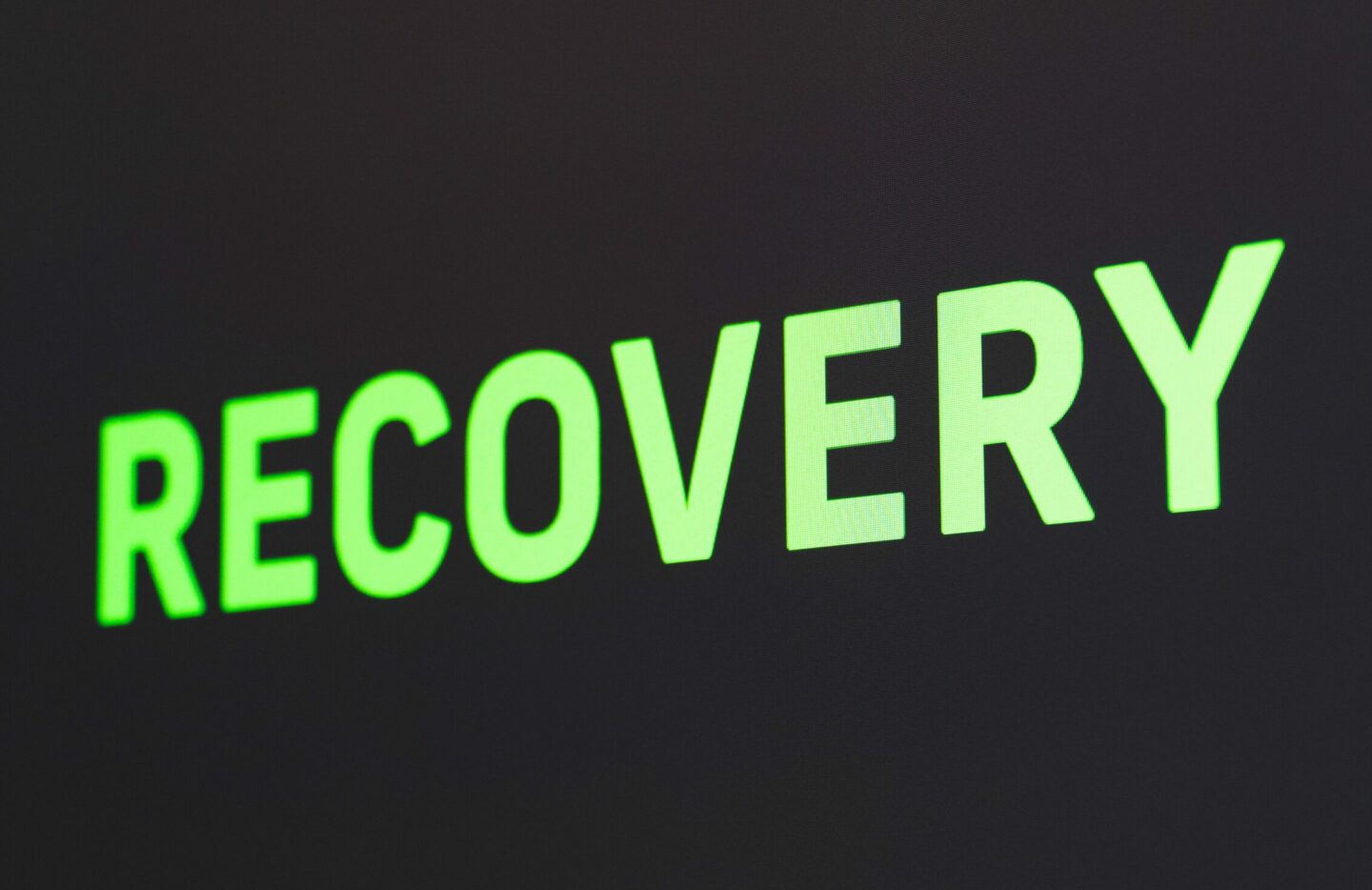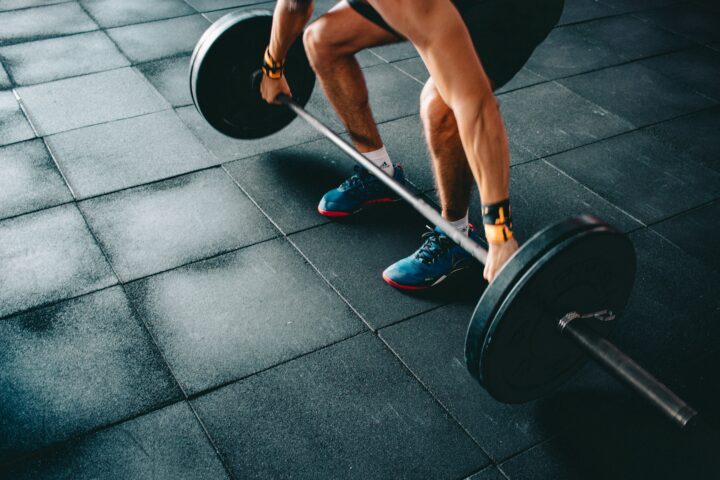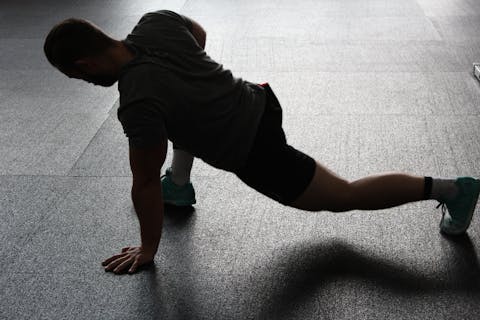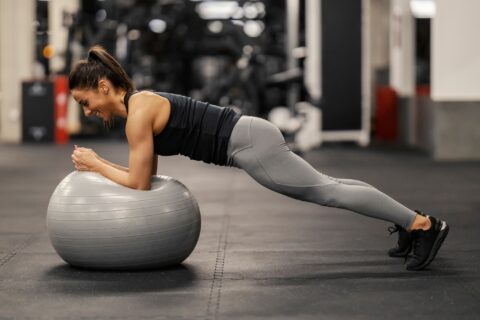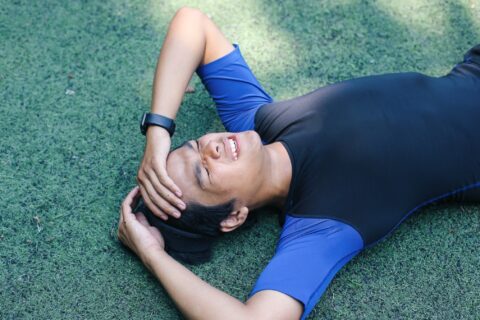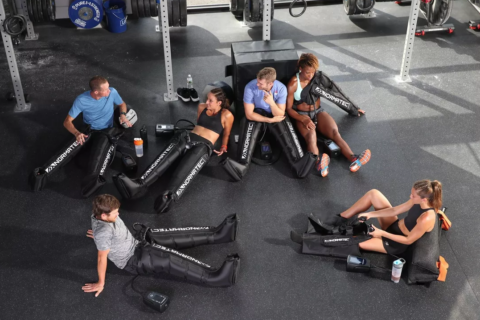Coach Trevor Connor explains the complex immune system response that leads to recovery, and why it happens in the first place.
Coach Trevor Connor explains the complex immune system response that leads to recovery, and why it happens in the first place.
